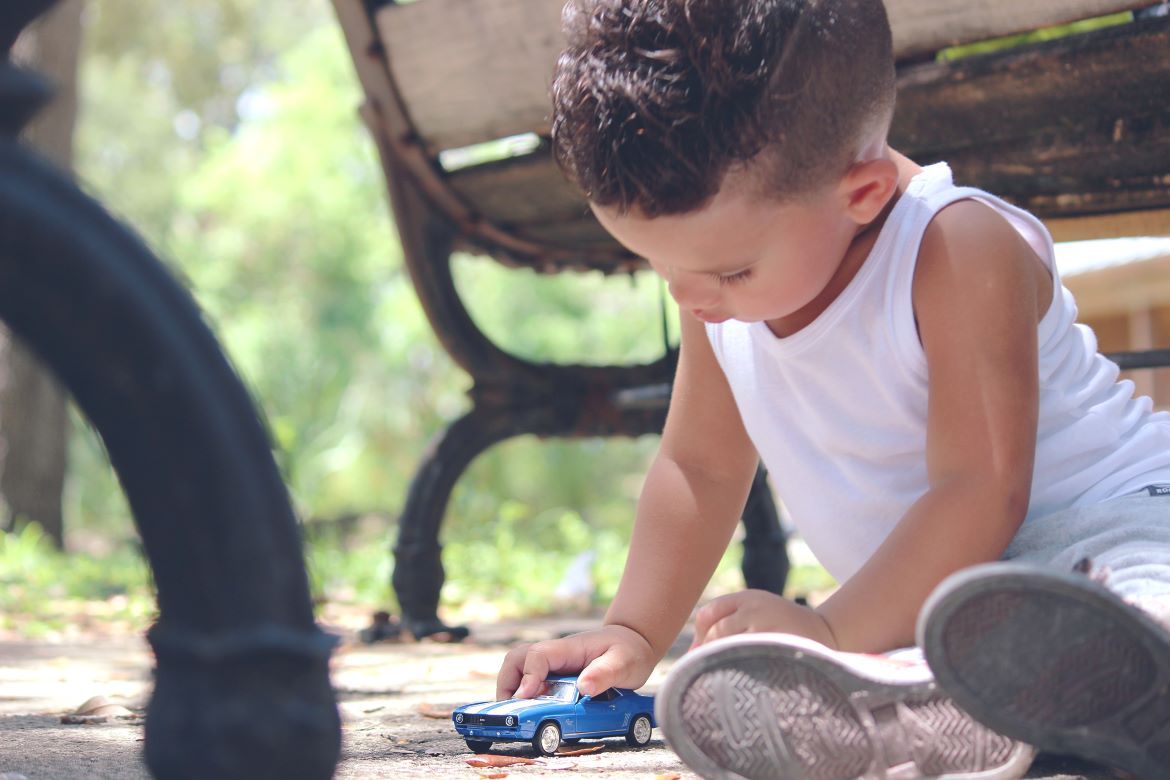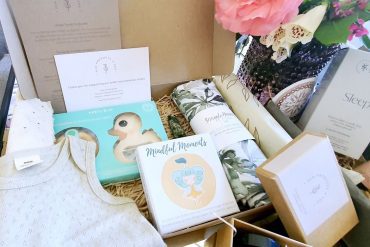By Dr Laura Markham
“Dr. Laura – I’m not one of those ‘Count to 3 and they jump’ parents. I was raised that way and it always seems to involve threats and harshness. But I do want my kids to listen to me, and to take No for an answer. For instance, when I say ‘It’s time to clean up’, they ignore me unless I yell. What’s the secret?”
-Danielle
In my post Obedience: Why Do You Have To Tell Them Five Times? we explored why kids don’t jump to it when we ask them to do something. Many parents told me that post helped them understand conflicts from their child’s perspective, which made it possible to find some common ground and more cooperation. As always, a few parents advocated more harshness: “Parents just need to learn to say No and back it up with punishment!” But even many parents who are committed to loving guidance wondered, “How can I enforce my No if I don’t resort to threats?”
This is, of course, the million dollar question.
All parents wish their children would just comply when we ask them to do something, and acquiesce easily when we say No. We don’t want to be mean about it. But we do need them to cooperate!
Luckily, it is indeed possible to help children WANT to cooperate, without resorting to yelling, threats or harshness. The secrets?
1. Kids only listen to us because of who we are to them
Your influence with your child depends on how connected they feel to you. I know YOU feel connected. But does your child feel understood, even when they don’t get what they want? Does your child trust that you’ll respond when they need you? Does your child feel accepted as they are, even though they’re not perfect? Does your child trust that you can manage your temper, rather than indulging your own frustration or trying to scare them into cooperating?
If your child won’t listen, start by consciously connecting, to strengthen and sweeten your relationship.
- Look for every opportunity to empathise, especially as you set limits and redirect. “That looks like so much fun…. You love racing your truck around the house…. And I’m worried that crashing it like that could scrape up the wall, so we need to find a safe place for you to crash.”
- Commit to 15 minutes minimum of one-on-one Special Time to connect with each child daily.
- Roughhouse to get your child laughing every single day. (This builds trust and connection, as well as reducing stress hormones.)
- Welcome your child’s tears when they need to cry, even when it’s because you’re saying no. (You don’t change your limit. You just empathise with how much they wish you would say Yes.)
Within a week of this focus on connecting, you’ll see your child start to pay more attention when you ask for their cooperation.
2. Kids accept our direction when it’s part of the routine.
“We always clean up the toys before dinner. That’s the rule. Come on, let’s work together. We can make this fun.”
If your child doesn’t help, keep your cool and begin handing them one item at a time to put on the shelf. Playfully give voices to the toys, so they can direct you to where they want to go.
Be sure some of the toys end up on your child’s head to get them laughing, and your child won’t be able to resist putting the toy in the right place.
Children may not love our routines, but when we cheerfully insist on them every day, those routines become habits, like washing hands after being outside, or doing homework before playing. And if you make any routine fun for your child, it will become a habit much faster!
3. Kids accept our requests when they realise, through experience, that the limit is firm
If children learn they can always adjust our limits, they will naturally challenge them every time. That doesn’t mean you can’t listen to their arguments and reconsider. (You want them to get good at finding win/win solutions, after all.) But once your mind is made up, be kind but firm. Get in their physical space in a pleasant, humorous way, so that ignoring you isn’t an option.
“Hey, didn’t you hear me, you dump truck driver? Time to clean up now. Show me the noises your truck makes while you drive it to the toy shelf.”











